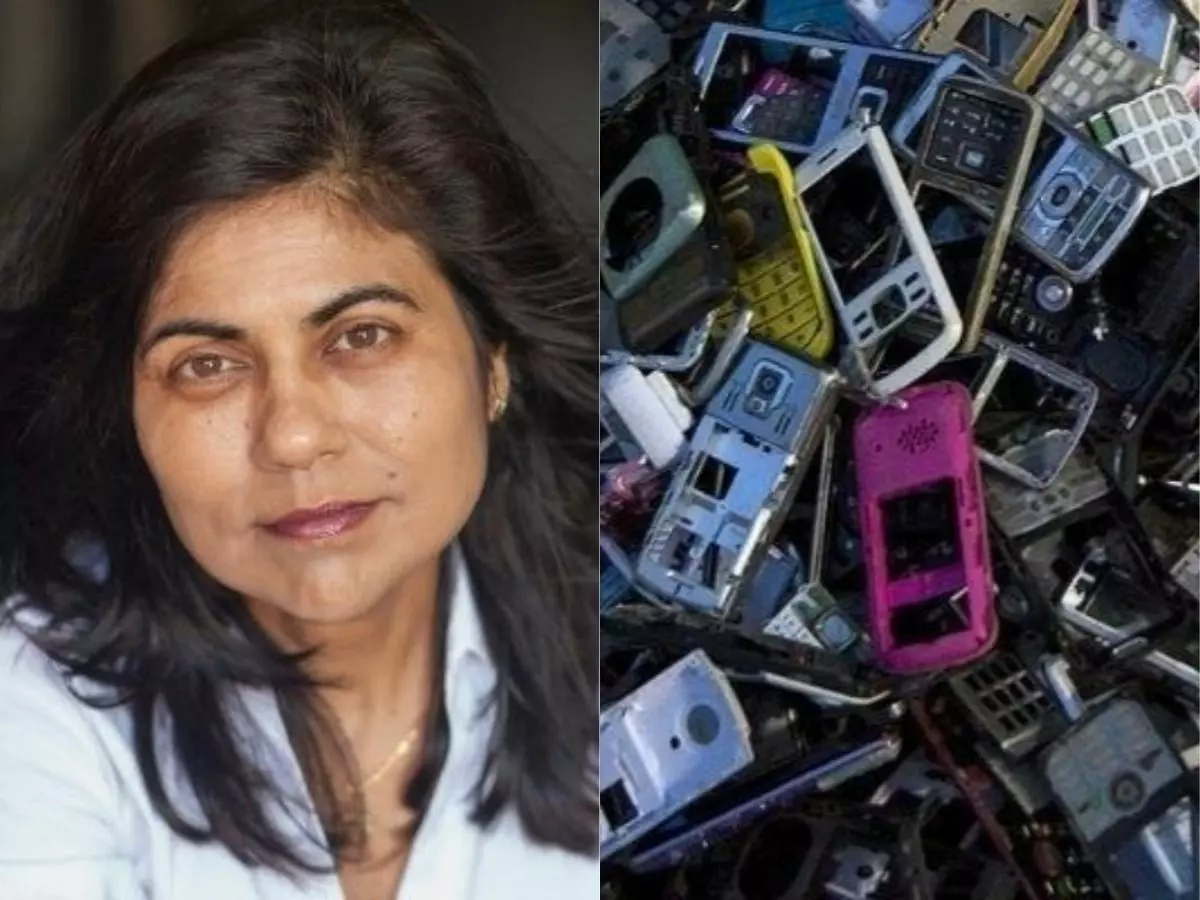This Indian-Origin Scientist Received $3.3 Million To Recycle Our Deadliest Battery E-Waste
Some time ago, we talked about Indian-origin researcher Veena Sahajwalla, who¡¯s been working on various ways to repurpose garbage and e-waste as useful products. Now, she¡¯s just received a major research grant to continue developing her work.

Some time ago, we talked about Indian-origin researcher Veena Sahajwalla, who's been working on various ways to repurpose garbage and e-waste as useful products.
Now, she's just received a major research grant to continue developing her work.

Sahajwalla is an Indo-Australian researcher at the University of New South Wales (UNSW). In the past, she's looked at ways to set up microfactories that could extract valuable metals from e-waste. The idea is to help "kabadiwallas" (waste collectors) make a profit by creating value-added products from waste materials in a safe and sustainable manner, and use the waste to make things like decorative glass panels, acoustic panels with waste cloth and high-grade wood-plastic panels.
Separately, she's also looked at ways to turn old clothes into quality building products like flat panels. These can be if a variety of quality and finishes, while still being flame and water-resistant and yet capable of load-bearing.
Now, the university has received a $3.3 million grant to continue research to recover resources from waste and transform it into usable products on an industrial level. Sahajwalla who is the Founding Director of the university's Centre for Sustainable Materials Research & Technology, will lead the research.

Additionally, the university has also received a $5 million grant to lead research on developing a pharmaceutical approach to antibiotic resistance. Both grants were courtesy of the Australian Research Council's Industrial Transformation Research Programme (ITRP) Hub. The funding will cover the next five years of their research. For her part, Sahajwalla will be furthering research into the high-temperature reactions of waste, as well as techniques to synthesise waste in a way that they can recover valuable materials and metallic alloys from them
Lithium-ion waste
One major part of Sahajwalla's research into processing e-waste is of course, how to deal with lithium-ion batteries. They're in everything from your car, to your smartphone, laptop, router, and so many other gadgets you use daily. And when those stop working you just toss them in the trash. But batteries contain a number of heavy metals and toxic chemicals, so just leaving them in a dump can cause those toxins to leak into the soil and even contaminate water tables.
Lithium-ion batteries specifically also contain high-grade copper and aluminium, as well as expensive metal like cobalt and nickel and other rare earth metals. There's a very finite supply of these, so letting batteries sit in the trash is just wasteful when you can try and reclaim the metals. And that's part of what Sahajwalla is doing.

"It's time to rethink attitudes towards all of the materials we design, produce, use and discard, to see them as renewable resources if we want to reduce our reliance on finite resources," she said.
"With this new work on battery waste, we can help create circular economies where waste materials can be reformed into new high-value materials to boost our manufacturing industry and supply chains."
